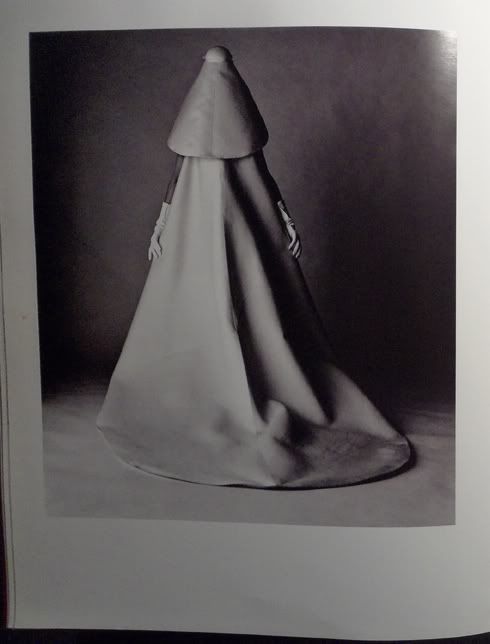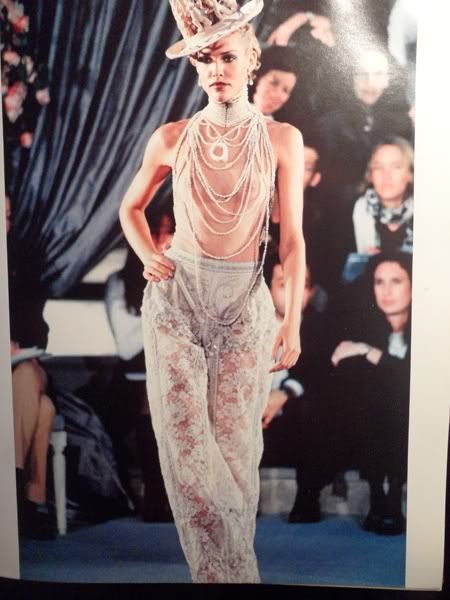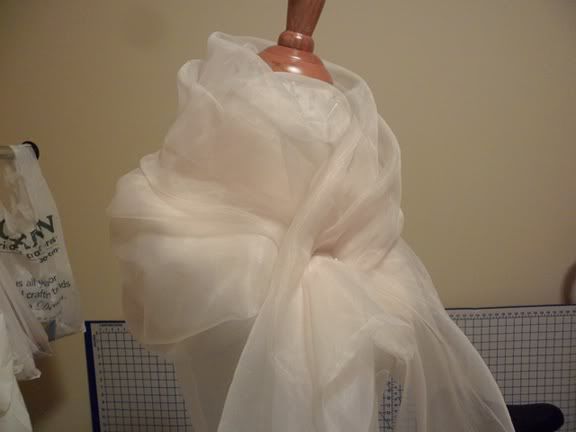
This is a garment that covers the entire body and manipulates the silhouette into a cone. The boundaries of the body are now completely hidden and changed from what we can see visually.

In this image, the body boundaries have changed in terms of contours. But visually, we can still see the body inside as well as the garments themselves. I find this relationship interesting because it challenges what boundaries are for this specific system --- wearing something like a see-thru garment over the body would create what kind of a boundary? Visually, we can still see everything, and the wearer would still feel exposed as if they were a naked body. So do see-thru garments constitute as successful boundaries of which clothes are suppose to set for bodies?
One unit of measure I choose for this is by the number of different patches of fabric that are attached and sewn together to create the clothes, and the other unit of measurement is by number of heads. In fashion, it is common to use heads to measure bodies in order to determine where the neck is placed or where the waist lies, etc. I've always enjoyed this form of measurement for the body because it is so subjective to the individual's head shape. There are no exact numbers involved.
I'm more interested in the clothes as boundaries for the bodies (as opposed to the vice versa). At my studio, I experimented with this on my dressform and made this random motif for the shoulder/neck area -


It was interesting because the fabric I used was transparent organza, and that is see-thru material if you only use one layer of it (which goes back to my question about see-thru garments as boundaries). But I bunched it up in layers and it not only created a new silhouette for the shoulders and neck, but it is also no longer see-thru. "Successful" --- in accordance to what supposed clothes boundaries are for the body.
 and at
and at 


